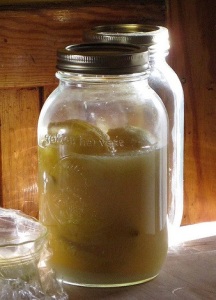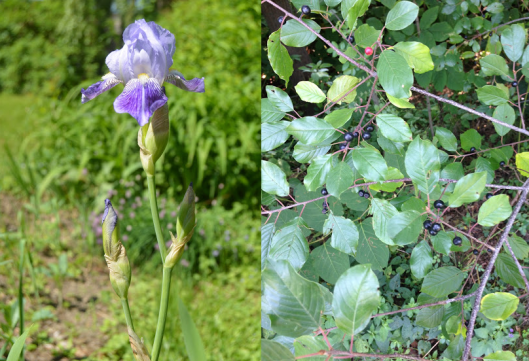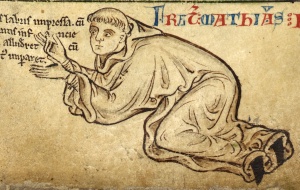Arts & Sciences Research Paper #15: On the Preservation of Lemons
Our fifteenth A&S Research Paper comes to us from Edmund Beneyt of the Barony of Endewearde, who demonstrates that the delicious preserved lemons of the Middle East have a very long history indeed! (Prospective future contributors, please check out our original Call for Papers.)
On the Preservation of Lemons

The preservation of food has been an ongoing struggle against Nature since man first started storing food for later use. There is evidence of the most basic form of preservation being used 14,000 years ago in the Middle East[1], and many different strategies have been discovered.
Pickling, the process of preserving food by either anaerobic fermentation in brine or immersion in a liquid of pH 4.6 or lower, is in use by most cultures across the globe. The range of pickled foods is astounding, from meats and fish to grains. The only limit on what can be pickled seems to be what is available to pickle.
Continue reading “Arts & Sciences Research Paper #15: On the Preservation of Lemons”



![Tablet weaving in progress. By Lionel Allorge (Own work) [GFDL (http://www.gnu.org/copyleft/fdl.html), CC BY-SA 3.0 (http://creativecommons.org/licenses/by-sa/3.0) or FAL], via Wikimedia Commons](https://eastkingdomgazette.files.wordpress.com/2016/08/chantier_de_fouilles_c3a0_morigny-champigny_en_juin_2012_19.jpg)





